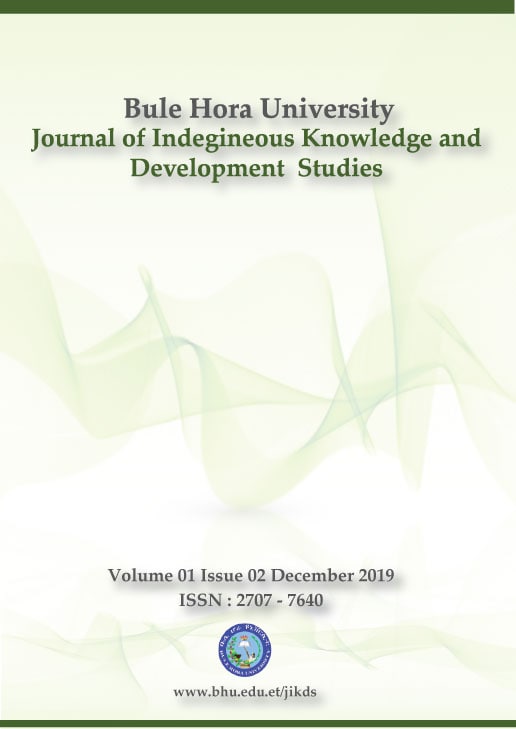The Determinants and Status of Household Food Security: The Case of Bule Hora Woreda, West Guji Zone Southern Ethiopia
Keywords:
Food Security, Access, Availability, Utilization and Household HeadAbstract
The changes within the global food availability and production create remarkable challenges for human beings around the world. Majority of the world population, especially sub Saharan countries including Ethiopia are in food uncertain. Though, this study focuses to identify the determinants and status of household food security in Bule Hora Woreda. The major objectives of the study were to assess the status and sightsee determinants of household food security in Bule Hora Woreda. Three stage random sampling technique was employed to select the eight kebeles, while systematic random sampling technique was employed to select the 385 representative sample household. Caloric acquisition per adult equivalent per day is used to measure the food security status of households. The descriptive analysis revealed that 67.3% of the sample households were food secure and 32.7% were food insecure. Based on the survey of 385 households the binary logistic regression model was fitted to analyze the potential variables determining household food security in the study area. Among 14 explanatory variables employed in the model land size, livestock ownership, credit service, agricultural extension service, and irrigation service influence food security positively and statistically significant, whereas, family size and infestation (insect, pest and (disease) influence food security negatively) and was statistically significant. The estimated model correctly predicted 82.26% and different recommendations were made based on the findings of the study.
Downloads
Published
Issue
Section
License
Copyright (c) 2019 Bule Hora University

This work is licensed under a Creative Commons Attribution-NonCommercial 4.0 International License.

